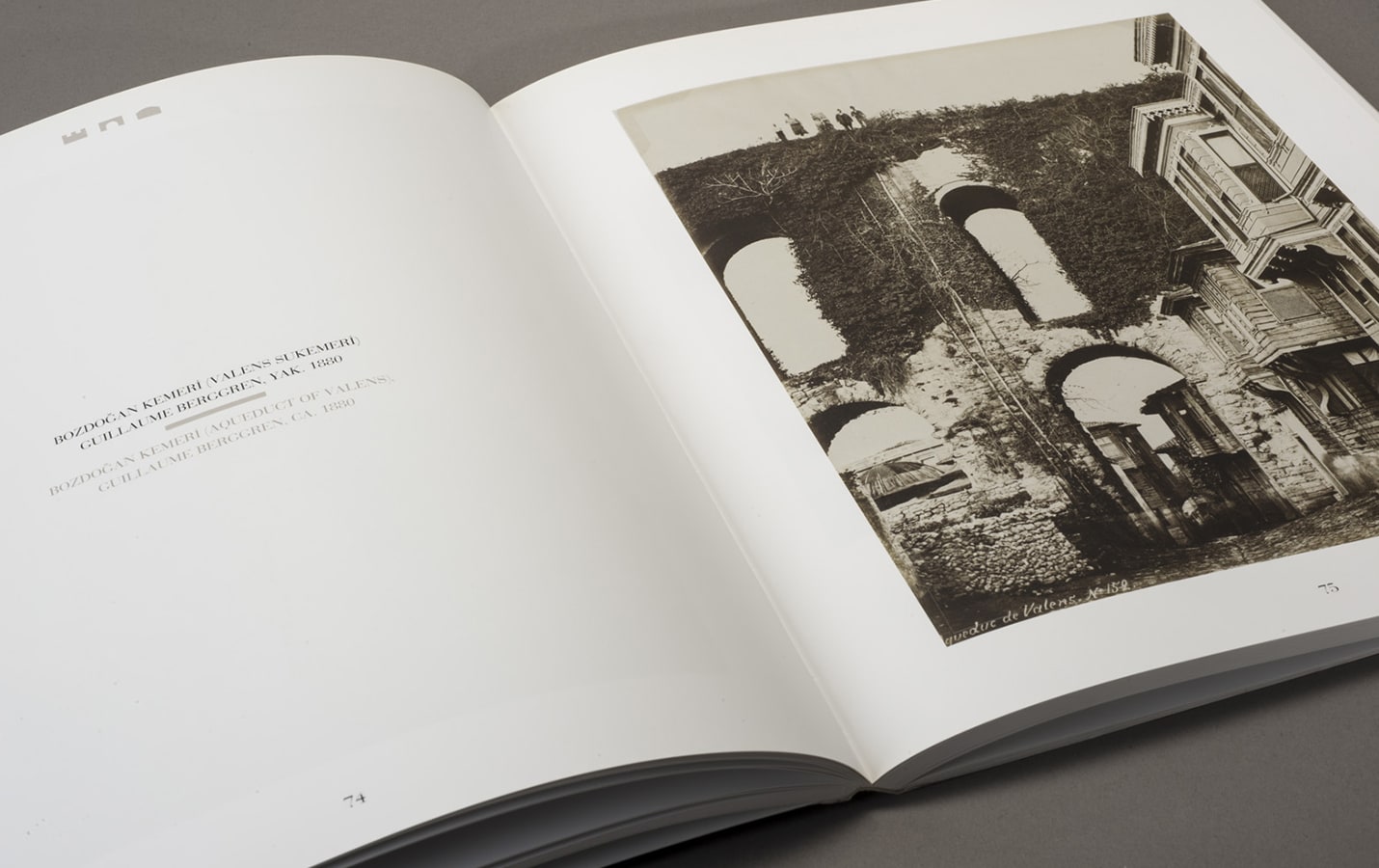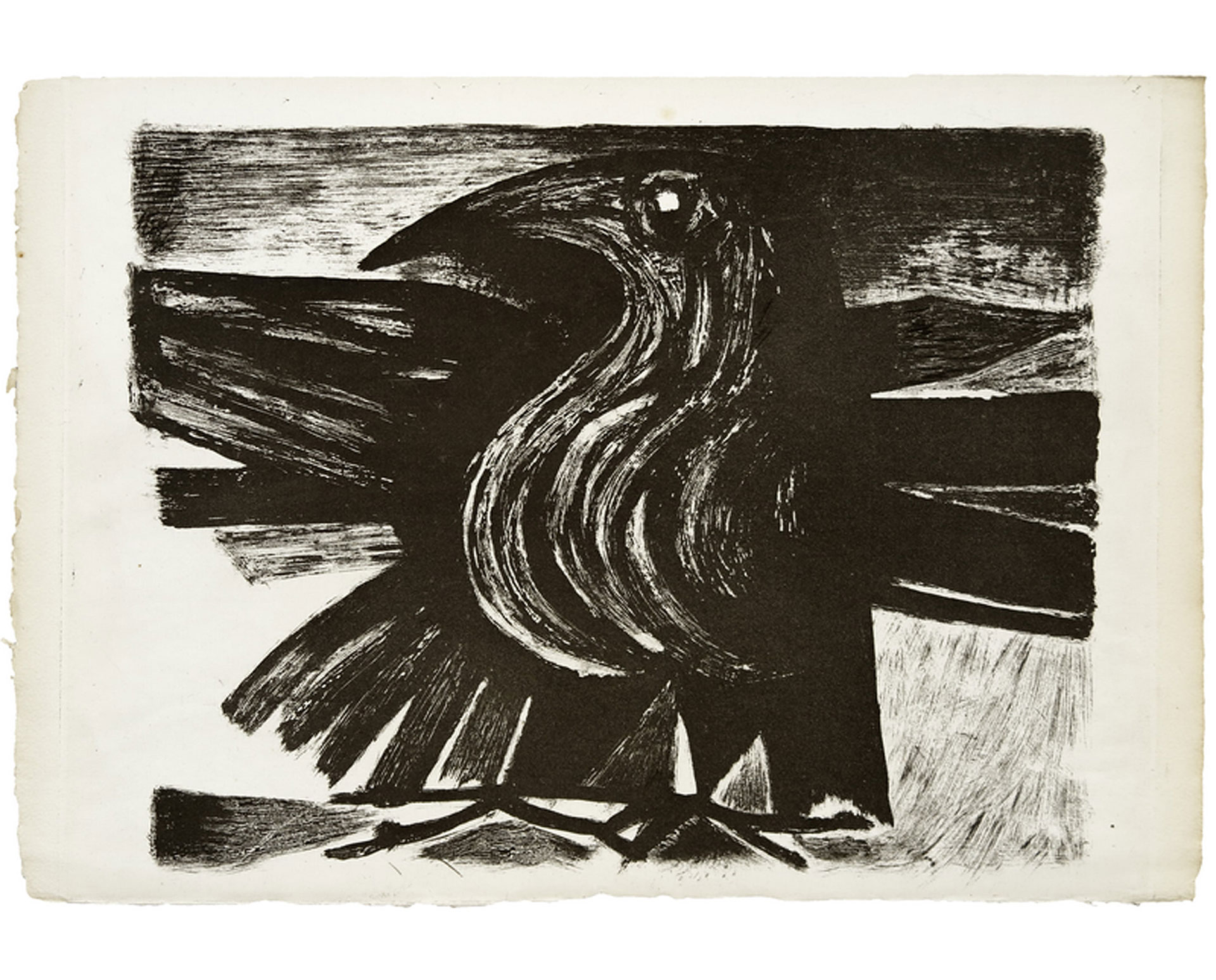April 13 - July 1, 2007
One of the most outstanding characteristics of İstanbul's Byzantine monuments, as captured by Ottoman photographers, is their role as priceless documents in the city's history. The period between the second half of the 19th century and the turn of the 20th century is marked by profound changes in İstanbul with respect to urban structure, historical texture and monuments. A careful eye readily notices the considerable transformations spread over a hundred / hundred and fifty years in İstanbul city walls, Galata Tower, Hagia Sophia and the Hippodrome area. These photographs are full of valuable clues for today's researchers, restorers, architectures and urban planners.
Nonetheless, there is something beyond the obvious in these images: İstanbul's remaining city walls, arches, and domes of a faraway past continue to survive in another form of existence in these old photographs, which reflect an age closer to us in time, yet just as rapidly vanished. The discolored surfaces permeating an indescribable sense of the old add another layer, another epoch to the historical richness of the city.
Comprised of a selection from the Suna and İnan Kıraç Foundation İstanbul Photographs Collection, Wall, Arch, Dome exhibition (much like From Konstantiniyye to İstanbul exhibition in late 2006) took us on a journey in a different time dimension. Yet, on this occasion, we find ourselves in a İstanbul more ancient, more distant than the Republican or Ottoman days; it is a Byzantine İstanbul of monuments, ruins and almost imperceptible traces from thousands of years past...
Exhibition Catalogue

One of the most outstanding characteristics of Istanbul's Byzantine monuments, as captured by Ottoman photographers, is their role as priceless documents in the city's history. The period between...

I remembered a game as I was waiting in the passenger lounge for the ferry to arrive just a few minutes ago. A game we used to play at home when I was young, in my country that is very far away from here, a relic from the distant past; I don’t even remember how we used to play it. The kind of game that makes me feel a thousand times lonelier than I already am among the crowd waiting to get on the ferry.
Tuesday - Saturday 10:00 - 19:00
Friday 10:00 - 22:00
Sunday 12:00 - 18:00
The museum is closed on Mondays.
On Wednesdays, the students can
visit the museum free of admission.
Full ticket: 300 TL
Discounted: 150 TL
Groups: 200 TL (minimum 10 people)